In the pursuit of harmony, toned figure and harmony, people started exercising and following a healthy diet. The first problem to be faced is nutrition. Few people know that the problem lies in excessive simple carbohydrate intake. And once they review the information in popular sources, without reading it to the end, they completely exclude carbohydrates from the diet. And here the damage, health problems, loss of strength and so on begin. Where is the balance and the truth? Very close! Let's think.
Over the past few years, there has been a dramatic change in the idea of why a person gains weight. People have realized that carbohydrates, not dietary fats, are converted to subcutaneous fat, and become one of the leading causes of obesity.
For a long time, low -fat diets were the basis of weight loss methods, but the real sensation was created by low -carbohydrate diets, which showed high results in excessive weight loss. Studies have shown that simple and complex carbohydrates have different effects on the body. Excessive intake of high carbohydrate foods leads to overweight.
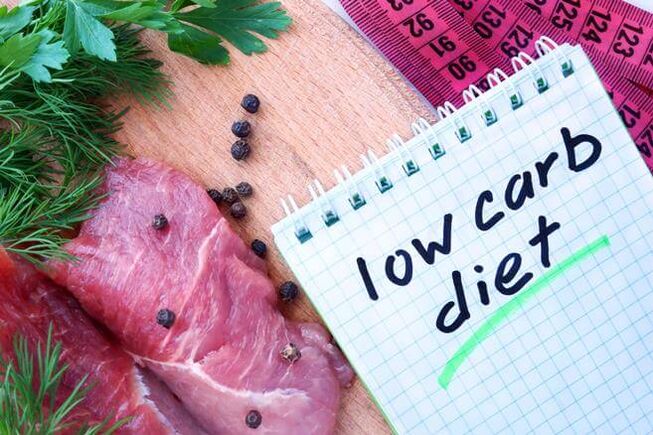
In this article you will learn:
- what is a low carb diet and how fat burning occurs;
- pros and cons of the method;
- what foods are found in a low -carbohydrate diet;
- interesting low carb recipes for a full menu.
What is the essence of weight loss methods
Carbohydrates provide the body with the required amount of energy that is expended during the day for important processes and during physical activity. Complete rejection of macronutrients will cause damage in the functioning of the functioning system, and the excess energy received will lead to an increase in fat reserves. Low -carb diets include slow (complex) carbohydrates that do not cause strong blood sugar spikes and take longer to convert into energy.
The essence of the method lies in the fact that from the first day of the diet for safe and effective weight loss, every day the amount of carbohydrates consumed decreases, and protein increases. Thanks to this, the following processes are launched in the body:
- The previously received energy is in short supply, which forces us to find new sources.
- Glycogen in the first 2-3 days of the diet becomes the main supplier of energy.
- Next, the fat is broken down, synthesizing an additional source of energy - ketones.
Studies comparing the benefits of low -carb and low -fat diets for weight loss have shown that people who minimize the amount of carbohydrate lose more weight in 6 months than those who follow a low -fat diet.
With a low -carbohydrate diet, subjects felt full after eating, because proteins and fats break down more slowly than carbohydrates. In addition, an increase in blood sugar and insulin production occurs gradually. This means they don’t have a sharp spray of energy, which is replaced by fatigue and heightened hunger.
Conclusion: the principle of diet is a biochemical process that contributes to fat burning and loss of extra pounds.
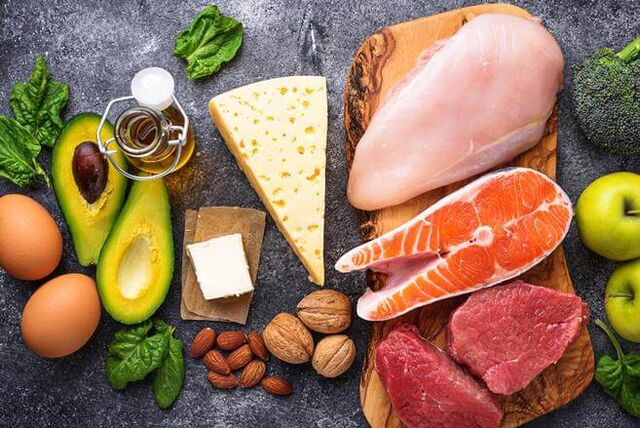
It is important to remember that during the diet, the fat layer is reduced evenly throughout the body, so it is impossible to reduce the amount locally.
Advantages and disadvantages
The low content of carbohydrates in the menu has a beneficial effect on the state of the body, normalizes digestion, improves metabolic processes and rejuvenates.
Advantage:
- there is no hunger on the diet, strength remains at the same level, there is no weakness;
- suitable for diabetics;
- appropriate nutrition for men and women for the purpose of weight loss;
- suitable for low, medium and high activity levels;
- does not require significant changes in the calculation of daily caloric requirements for weight loss, protein and carbohydrate indicators change.
Reducing the amount of macronutrients helps to lose weight and improve health, it is recommended to:
- overweight;
- intensive training;
- diabetes mellitus;
- hypertension;
- endocrine system disorders;
- oncological diseases.
This method has gained confidence among athletes and high -performing bodybuilders - this is a reliable opportunity to gain relief, reduce the percentage of subcutaneous fat and maintain muscle mass.
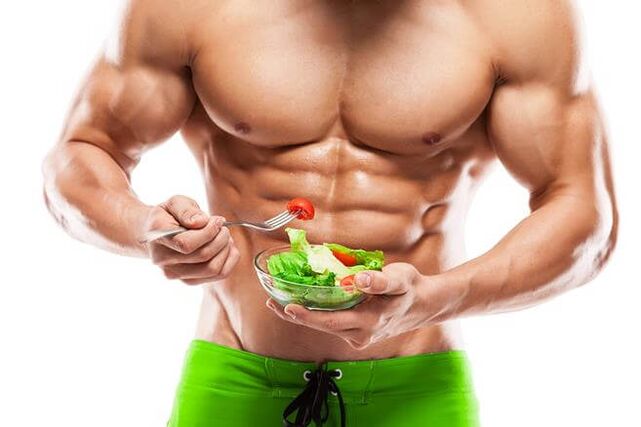
However, the diet has its drawbacks:
- constipation - a reduction in fiber, which is associated with a reduction in carbohydrate intake, can cause digestive problems;
- carbohydrate starvation can cause headaches, irritability and nervousness;
- exacerbation of chronic diseases;
- increase the burden on the liver;
- potassium and sodium deficiency supply;
- lack of carbohydrates reduces concentration, which is important for people engaged in mental work;
- increased cholesterol levels due to a large number of animal products, which provoke the development of diseases of the cardiovascular system;
Low -carbohydrate diets are not included in the list of methods that can be followed for several years, because the large list of forbidden foods puts additional stress on the body. Therefore, after a few weeks or months of restriction, a person returns to the usual diet again.
Balance of proteins, fats, carbohydrates
The main sources of protein on a low -carbohydrate diet are animal products: meat, poultry, offal, cottage cheese, eggs. For vegetarians, beans and legumes are alternatives.
The ratio of BJU in the diet is in:
- Protein 40-50%;
- 30-35%fat;
- Carbohydrates 20-25%.
The opinion of a dietitian
Nutritionists are wary of this method, because a low-carbohydrate diet (for a week or a month) implies the consumption of 50-70 g of macronutrients per day. Deficiency leads to unwanted disorders with some side effects, such as excess.
Doctors recommend giving priority to a proper and balanced diet, controlling the intake of carbohydrate foods. Healthy eating habits combined with physical activity will help reduce the amount of body fat - the method should not be associated with weight loss, but without endangering health.
Contraindications
Before you "diet", you should consult a doctor, because the high content of protein foods is contraindicated for people with impaired metabolism (for example, urolithiasis, gout).
The fact is that with a regular diet, these metabolic disorders may not be noticeable, which means that you may not know that you have the disease. By changing the diet towards increasing protein intake, you trigger the launch of severe pathological mechanisms in your body.
Excessive consumption of fatty foods is contraindicated in diseases of the gastrointestinal tract (cholecystitis, pancreatitis, cholelithiasis, stomach ulcers, gastritis). Fatty foods trigger the uptake of large amounts of cholesterol into the body, which can cause or accelerate the growth of atherosclerotic plaques.

Weight loss methods are also not recommended:
- pregnant and lactating;
- people under the age of 18;
- with cardiovascular disease;
- at the time of exacerbation of chronic disease.
Basic rules for a low -carbohydrate diet
The method involves the consumption of a minimum portion of carbohydrates sufficient to maintain body work. For women, 2 grams per kilogram of weight is required, for men-3 g If the daily intake is 120-150 g, then for weight loss the figure is gradually and gradually reduced to 50-70 g per day. Protein foods serve as a substitute for energy sources and maintain muscle tone.
A low -carbohydrate diet lowers insulin levels, which suppresses appetite. Body ketones, which are derived from animal and vegetable proteins and fats, block the flow of information about hunger.
Following a few principles will help you achieve your goals:
- exclude products with a high glycemic index from the diet;
- taking vitamin and mineral supplements;
- favorite cooking methods are boiling, boiling, grilling, steaming. Fry the ingredients without adding oil or with small amounts;
- don’t skip meals and don’t cut calories;
- take complex carbohydrates in the first half and before exercise, in the second - protein foods;
- make sure you have breakfast;
- note the drinking regimen: at least 2 liters of clean fluid.
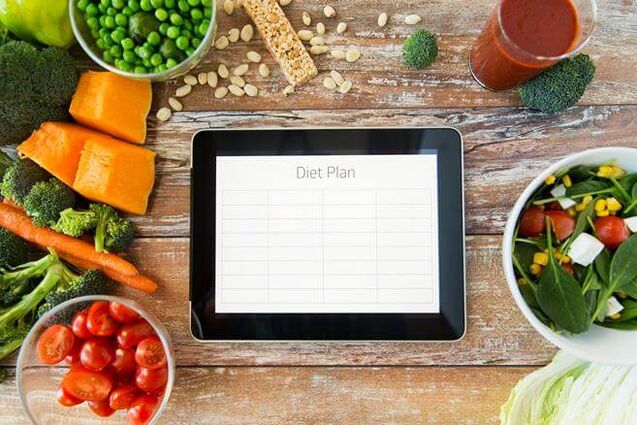
Do not forget that the correct calculation of daily energy requirements for weight loss is the first step before starting any diet.
Approved Products
The list of products for maintaining a low -carbohydrate diet is extensive, which diversifies the menu and will not allow you to go hungry. It is important to review information about components using the food’s calorie table or on the label.
Schedule of allowed products
Diet implies certain restrictions. With the help of a table, you can familiarize yourself with products that are suitable for low -carbohydrate nutrition.
Product group |
Approved Products |
|---|---|
meat |
Lean pork, beef and veal, poultry, offal |
Fish and seafood |
Sea fish: salmon, salmon, cod, mackerel, herring, tuna, halibut Seafood - no restrictions |
Dairy products |
Cottage cheese, cheese, kefir, natural yogurt without additives - all with a low percentage of fat |
Eggs |
Chicken and quail |
Vegetables, raw and canned |
Everything except high-starchy vegetables: potatoes, Jerusalem artichokes, sweet potatoes |
mushrooms |
There are no restrictions in any way |
Fruits, berries |
Citrus, green apples without sugar |
grain |
Old cooked oats, brown rice and buckwheat |
Nuts and seeds |
Without Borders |
Oil |
Vegetables are not filtered |
sauce |
Balsamic vinegar |
Sweetener |
Free of sorbitol and fructose |
Drinks |
Coffee, tea - without added sugar, mineral water, vegetable juices |
Prohibited Products
If your favorite product isn't on the list of allowed ingredients, it's most likely on the banned list:
- bread products and cakes;
- processed cereals (white rice, instant oats, semolina), premium wheat pasta;
- potatoes, corn;
- semi -finished products, smoked products;
- food ingredients (mayonnaise, tomato sauce and sauces, except soy);
- chocolate;
- sweet fruits (bananas, grapes);
- sugar and sugar products;
- packaged juices, fruit drinks (due to the addition of sugar);
- Soda;
- alcoholic beverages.
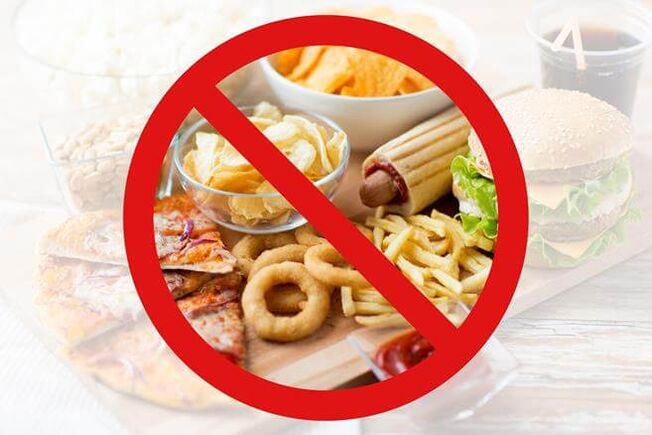
It is necessary to leave the above product for the first time, and after 3-4 weeks, gradually introduce it back into the diet in small portions.
Sample menu for this week
At first glance, it seems that the low -carbohydrate diet is not very diverse, however, after preparing the menu for a week in advance, you can be sure that the diet is saturated.
Table: example of a low -carbohydrate diet menu for 7 days
The table contains the possibility of a combination of breakfast, lunch and dinner, which can be taken as a basis and replaced with your favorite dishes. Do not forget that it is important to calculate the caloric content of the finished meal correctly to comply with daily energy intake. Replacement and repetition of products is possible.
Hari |
Breakfast |
2nd breakfast |
dinner |
tea time |
dinner |
|---|---|---|---|---|---|
1 day |
Cottage cheese casserole without sugar + tomato/cucumber |
grapefruit |
Brown rice porridge with vegetables |
Kefir 1% |
Steamed fish + coleslaw + bread |
2 days |
Crushed omelet or two eggs + chicken |
Lean cottage cheese |
Mushroom soup with low -fat sour cream + bread |
1% kefir with chopped cucumber and herbs |
Boiled meat + cucumber and tomato salad |
3 days |
Boiled vegetables with grated cheese |
Apple |
Vegetable soup with chicken broth |
Milk 1. 5% |
Boiled breast + boiled cabbage |
Day 4 |
Oats with grated apples |
grapefruit |
Soba porridge + beetroot salad |
Lean cottage cheese |
Beef or chicken ragout with vegetables |
Day 5 |
Cheese + boiled eggs |
Apple |
Boiled red rice + seafood |
Kefir 1% |
Vegetable salad + lean beef steak |
Day 6 |
Cheese + boiled eggs + bread |
Original yogurt without sugar 1. 5% |
Grilled meat + vegetable salad |
Kiwi fruit |
Boiled vegetables + boiled fish |
7th day |
Milk buckwheat porridge |
Lean cottage cheese |
Grilled fish with vegetables |
Kefir 1% |
Baked breast + fresh vegetables and herbs |
A long -term low -carbohydrate diet (from 30 days) should include a cheat meal or refeed to avoid slowing down metabolism.
Get out of the diet
A low carb diet is effective and affordable, but after 2 months you need to go back to your normal diet. Exits are made gradually to minimize stress for the body and not restore previously lost kilograms.
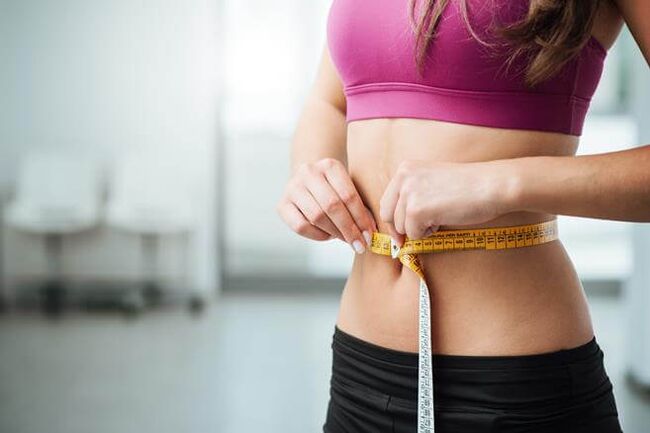
Return to normal diet in 3-4 weeks:
- in the first and second weeks, the amount of fruits and vegetables (not containing starch) increased;
- third week - reduce protein foods by adding cereals;
- the number of calories is also increasing every day.
What can be cooked during the period of weight loss - a delicious recipe
A hypocarbohydrate diet is not a reason to limit yourself exclusively to chicken fillets. The list of allowed products is extensive, so you can cook a time -tested or dreamy dish based on the ingredients available.
Fill the chicken in a slow cooker
Recipe #1
Cooking method:
- Rinse the chicken, remove excess fat. Cut into arbitrary slices, sprinkle with salt and spices, place at the bottom of a multicooker bowl.
- Pour water, add bay leaves.
- Cook for 1. 5 hours in "Erase" mode.
Total carbohydrates: 0 g
Ingredients:
- chicken fillet - 250 g;
- water - 150 g;
- salt, ground pepper - to taste;
- bay leaf - 1 pc.
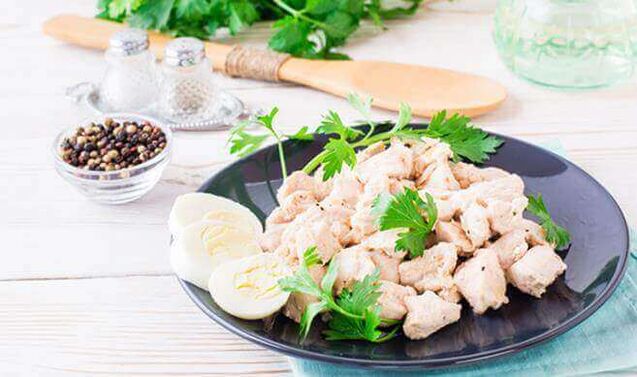
Beef with cheese in the oven
Recipe #2
Cooking method:
- Rinse the meat in cold water, cut lengthwise, beat.
- Grease a baking sheet with oil, put the beef, pour the milk.
- Send to the oven preheated to 180 degrees for 40 minutes.
- Immediately after that, salt the meat, add salt and spices to taste.
- Cut the cheese into thin slices, flatten over the meat, return to the oven for another 30 minutes.
Total carbohydrates: 7. 7 g
Ingredients:
- calf shoulder - 400 g;
- cheese - 100 g;
- milk 1. 5% - 100 ml;
- vegetable oil - 20 ml;
- salt, pepper, spices - to taste.
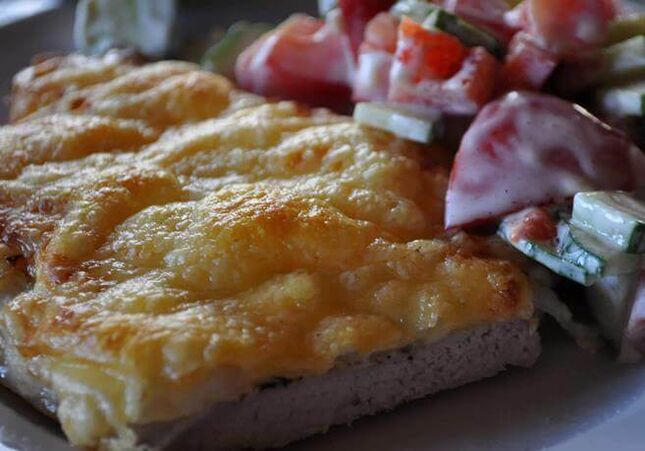
Soup with oat bran
Recipe #3
Cooking method:
- Cut turkey fillets into cubes, boil in 1 liter of water for 20 minutes.
- At the end, add the chopped onion and bran.
- Boil the eggs, cut into small pieces and put in the soup.
- Finely chop the vegetables, send to the soup.
Total carbohydrates: 24 g
Ingredients:
- turkey fillet - 150 g;
- air - 1 l;
- garlic - 60 g;
- eggs - 58 g;
- oat bran - 25 g;
- chopped dill - 10 g;
- green onions - 5 g;
- salt, pepper - to taste.
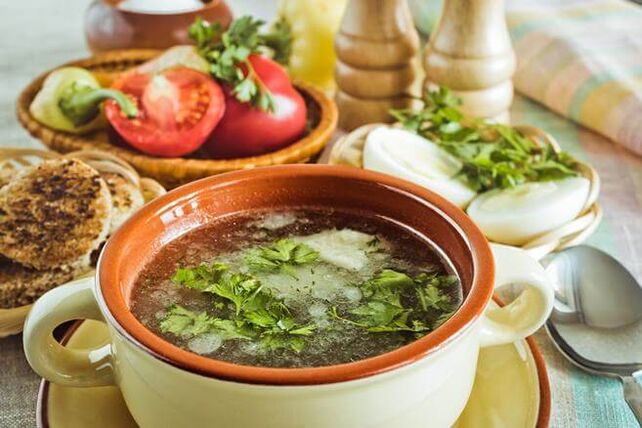
Chinese cabbage salad with fruit
Recipe #4
Cooking method:
- Peel an orange from the skin, remove the white layer.
- The fruit is cut into cubes.
- Chopped Chinese cabbage and onions. Combine all ingredients.
- Add salt to taste to the salad, season with lemon juice, mix.
Total carbohydrates: 16. 5 g
Ingredients:
- Chinese cabbage - 150 g;
- apples - 50 g;
- orange - 60 g;
- green onions - 5 g;
- lemon juice - 20 ml;
- salt - to taste.

squid salad
Recipe number 5
Cooking method:
- Boil two eggs, peel. Cut simple cubes.
- Rinse the squid carcass, peel and fill the stomach, dip in boiling water for 15-20 seconds, no more! Otherwise, they will be "rubber".
- Cut the seafood into thin rings or strips.
- Cucumbers are cut into thin strips.
- Mix all ingredients.
- Serve salad with juice and olive oil, mix.
Total carbohydrates: 3. 5 g.
Ingredients:
- chicken eggs - 116 g (2 pcs. );
- squid - 150 g;
- cucumber - 70 g;
- lemon juice - 15 ml;
- olive oil - 15 ml.
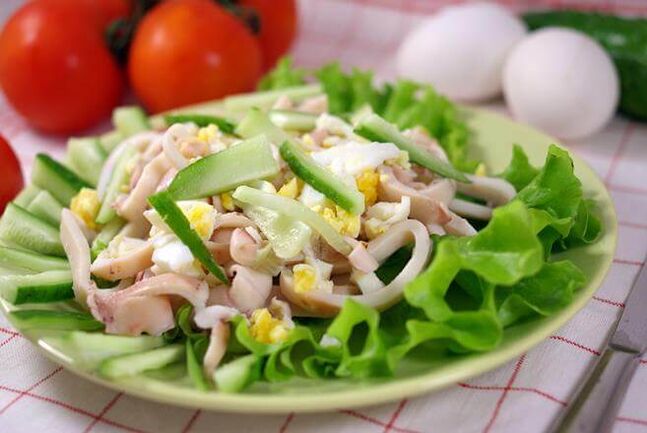
White fish with vegetables
Recipe #6
Cooking method:
- Rinse the fish, remove the fins. Cut into medium pieces, rub with salt and pepper.
- Roughly chop the vegetables.
- Flatten all ingredients on a baking sheet.
- Bake in a preheated oven at 180 degrees for 50-60 minutes.
Total carbohydrates: 8. 7 g
Ingredients:
- cod - 500 g;
- eggplant - 80 g;
- tomato - 120 g;
- pepper, salt.
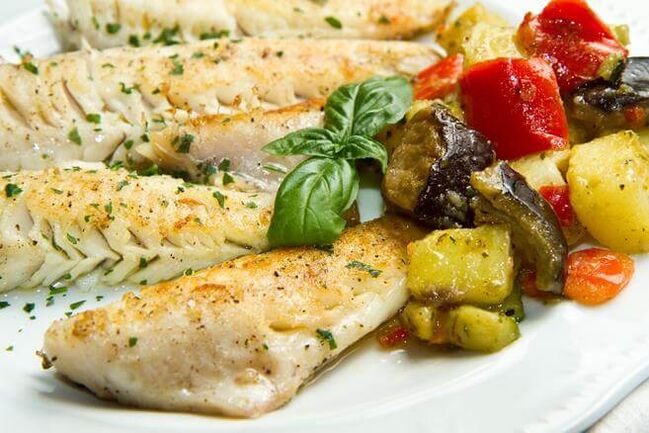
cheese soup
Recipe number 7
Cooking method:
- Boil the chicken until tender, remove the meat and let cool. Cut into simple pieces.
- Grate the cheese on a coarse grater, add to the soup, simmer over low heat for 20 minutes until a homogeneous consistency is obtained, stirring constantly. Add salt and pepper to taste.
- Spread the chicken fillets in each serving. Garnish with greenery.
Ingredients:
- chicken fillet - 300 g;
- processed cheese - 100 g;
- air - 1. 5 l;
- salt, pepper - to taste;
- fresh herbs - to taste.
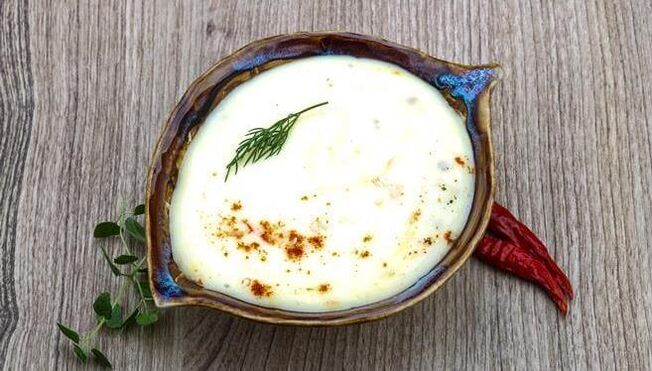
Milk dessert
Recipe number 8
Cooking method:
- Pour the milk into a deep form to whip, put in the fridge until an ice crust is formed.
- Pour gelatin with water, cook according to instructions, add gelatin. Cool your body.
- Remove the milk, beat with a sink blender, pour in the gelatin and continue beating.
- Remove to the refrigerator for 20 minutes.
Total carbohydrates: 9. 9 g
Ingredients:
- milk 0. 5% - 200 ml;
- gelatin - 10 g;
- air - 40 ml;
- sweetener - to taste.
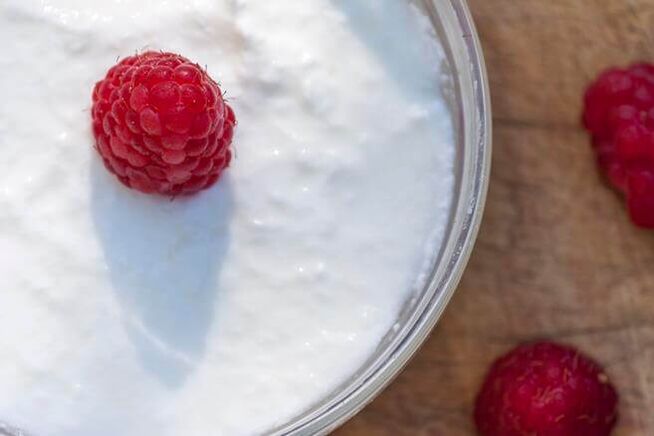
Salad with canned tuna
Recipe #9
Cooking method:
- Finely chop the onion into half rings, pour the vinegar, mix and leave for 15 minutes. After draining excess fluid.
- Boil hard boiled eggs, grated with cheese on a coarse grater.
- Cut the cucumber into strips.
- If the tuna is too big, mash the tuna pieces with a fork.
- Mix all ingredients, season with oil, add salt and pepper to taste.
Total carbohydrates: 7. 5 g
Ingredients:
- canned tuna - 1 can, about 180 g;
- eggs - 58 g;
- hard cheese - 100 g;
- cucumber - 100 g;
- garlic - 40 g;
- vinegar - 5 ml;
- olive oil - 15 ml;
- salt, pepper - to taste.
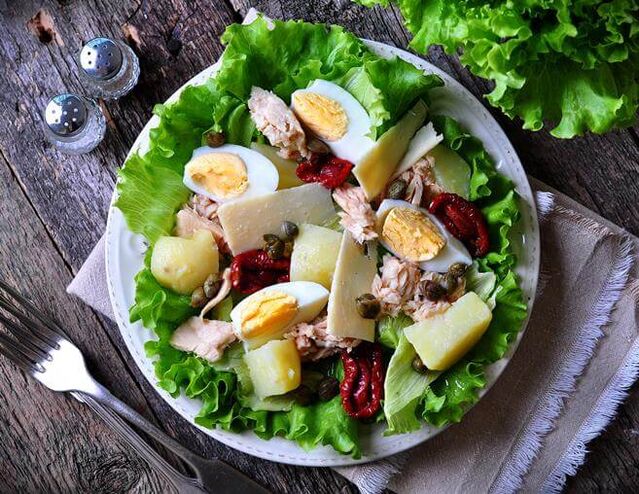
Diet pieces
Recipe number 10
Cooking method:
- Rinse all types of meat, dry on a paper towel, finely chop or chop with a blender / meat grinder.
- Onions cut into small cubes.
- Add eggs, onion, salt and spices to the minced meat. Mix well, form patties with wet hands.
- Steam for 20-30 minutes or fry in a non-stick pan without adding oil on both sides.
Total carbohydrates: 7 g.
Ingredients:
- beef shoulder - 200 g;
- lean pork - 400 g;
- chicken fillet - 250 g;
- garlic - 60 g;
- chicken eggs - 58 g;
- salt, spices - to taste.

Raffaello is low in carbs
Recipe #11
Cooking method:
- Buttermilk must be dry. Grind part of cottage cheese with sweetener through a sieve, add sour cream, mix.
- Dry the almonds in a non-stick hot pan for 7-10 minutes, stirring constantly.
- Blind a ball of cottage cheese, flatten, put an almond in it, roll into a ball.
- Grind the prepared sweets in coconut slices and refrigerate for 1 hour.
Total carbohydrates: 28. 1 g
Ingredients:
- cottage cheese 1. 8% - 250 g;
- 10% sour cream - 40 g;
- raw almonds - 20 g;
- coconut flakes - 100 g;
- sweetener - to taste.
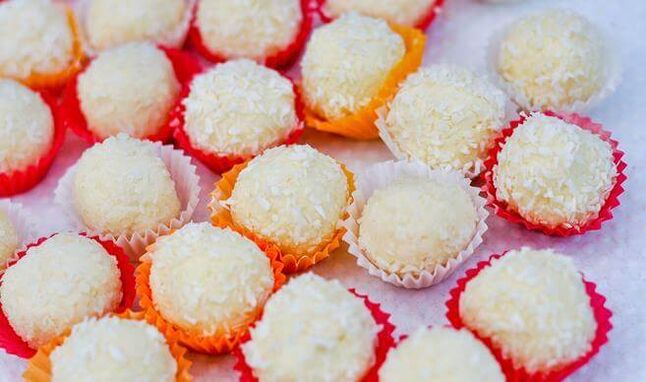
A low carb diet is an effective method of losing weight with a varied menu. By following the recommendations, you can quickly achieve the desired results and not be afraid to regain the weight lost after leaving the hypocarbohydrate regimen. Carefully study the contraindications, keep track of your well-being and healthy!













































